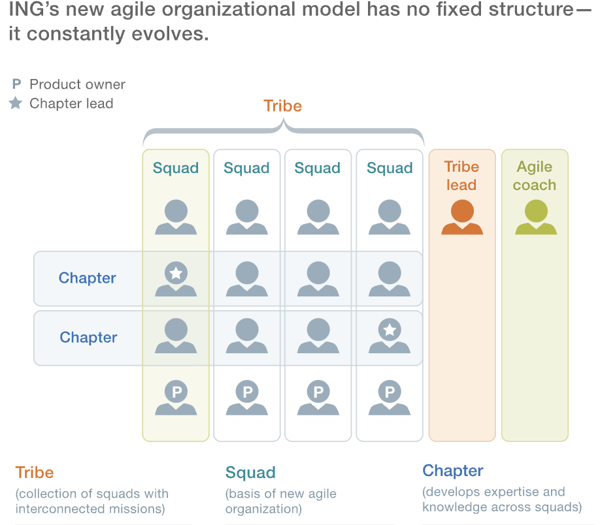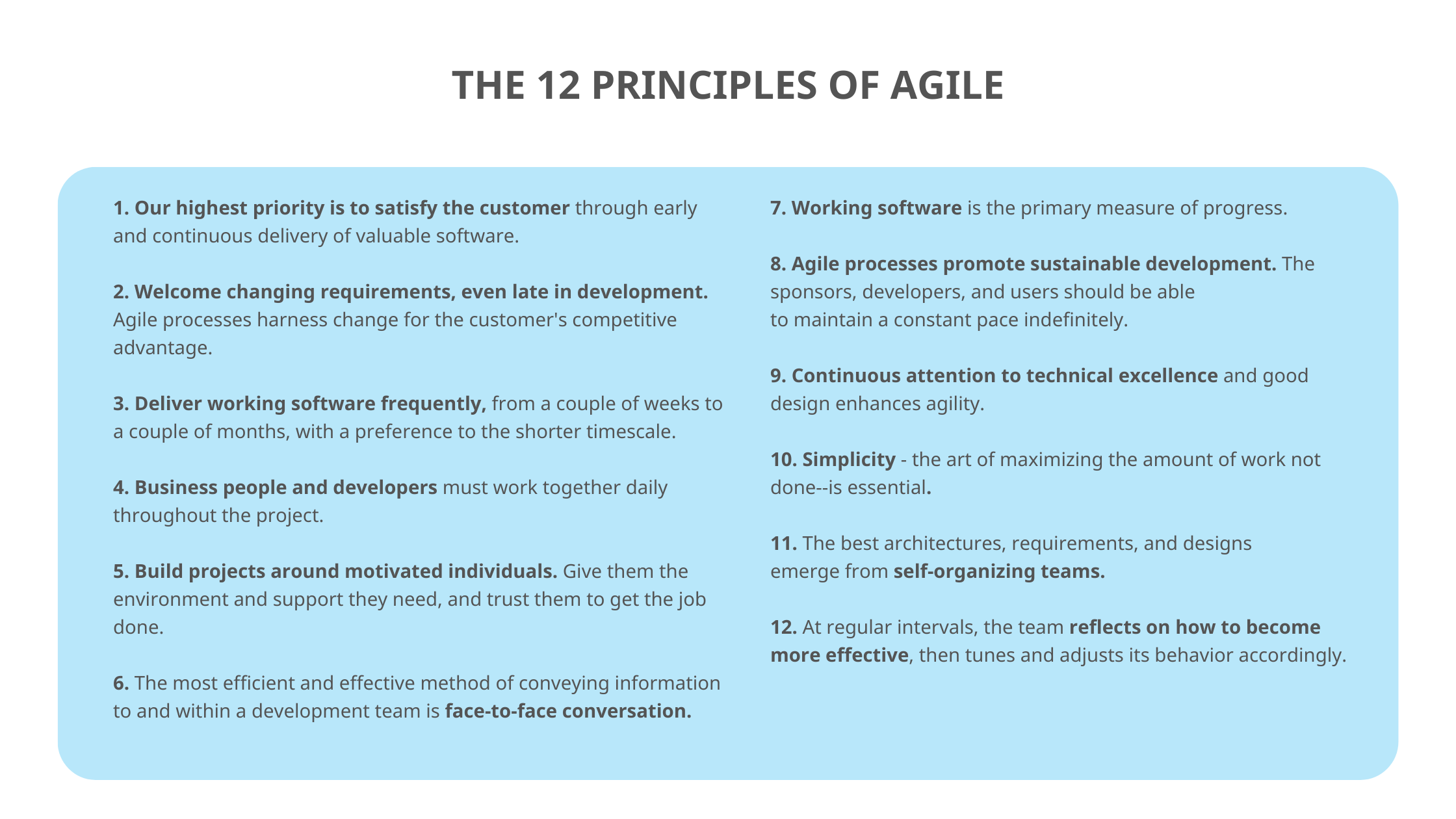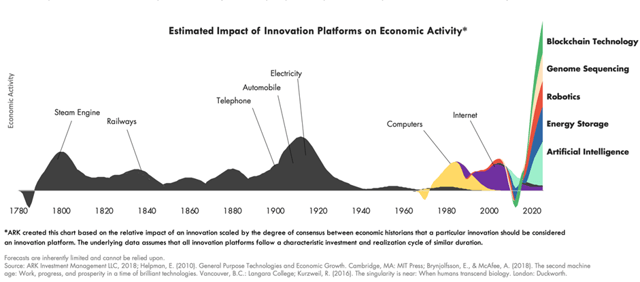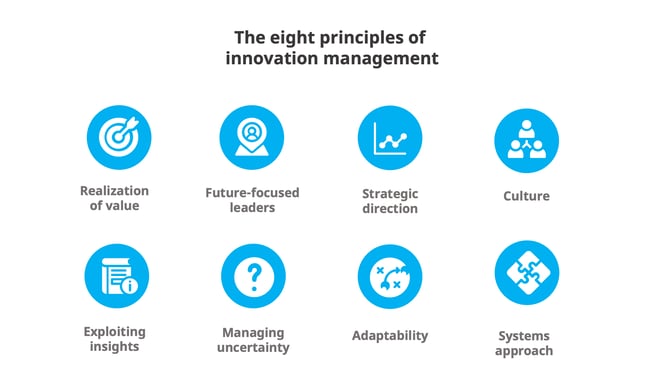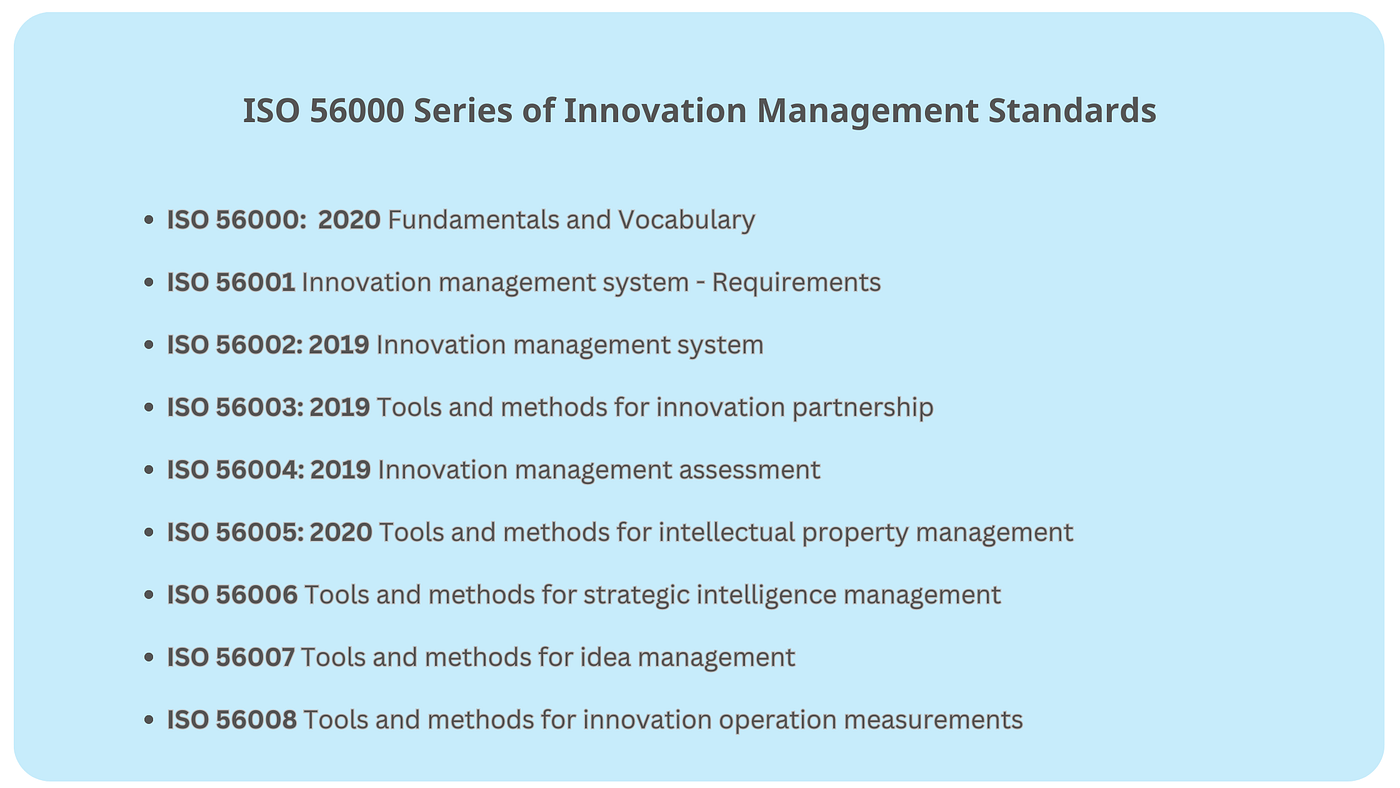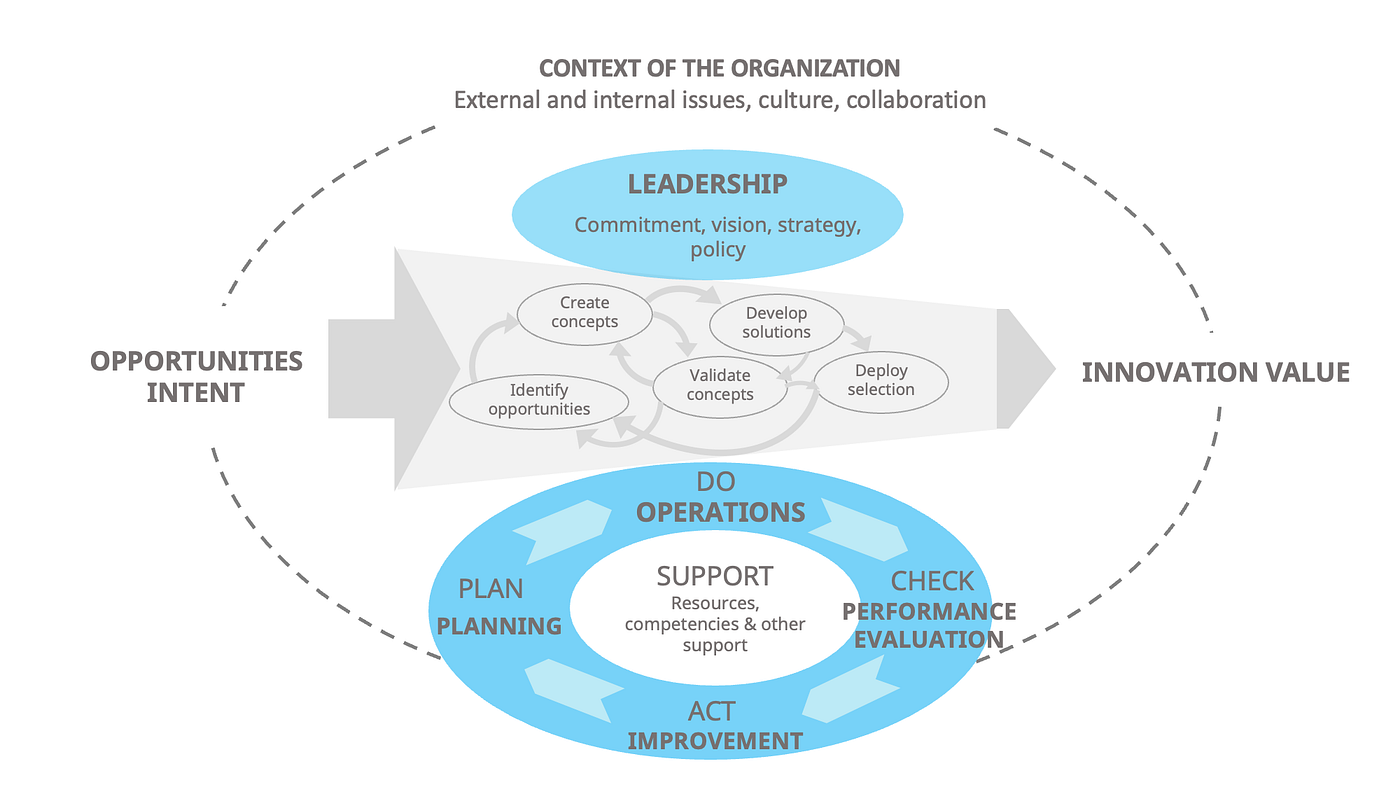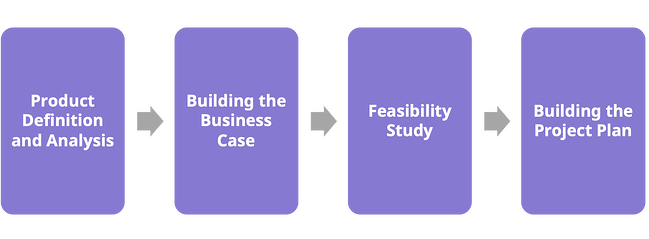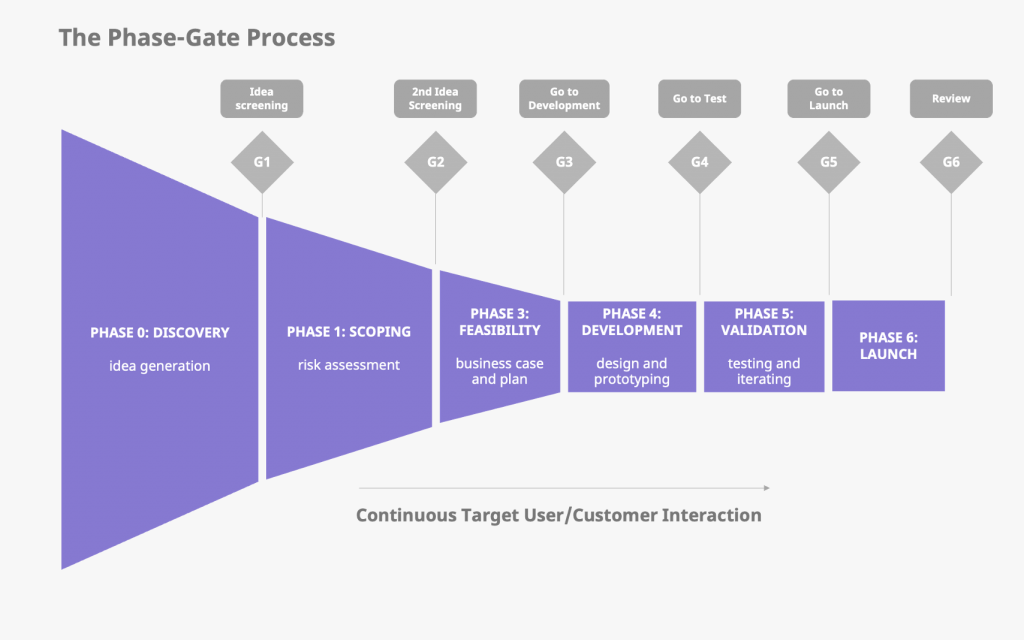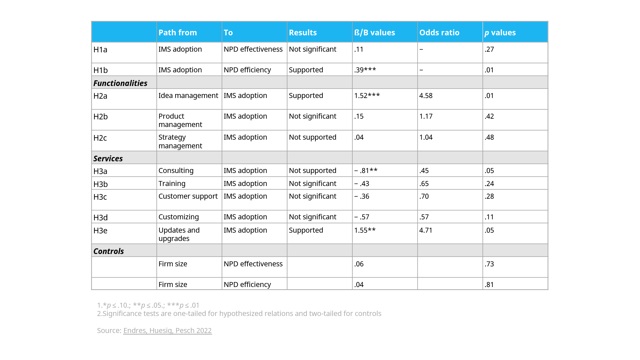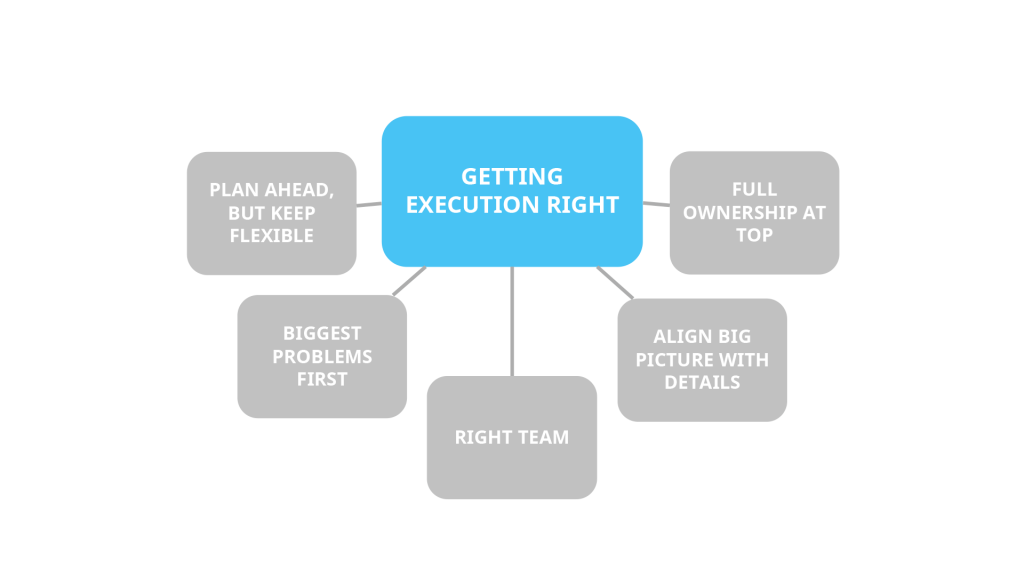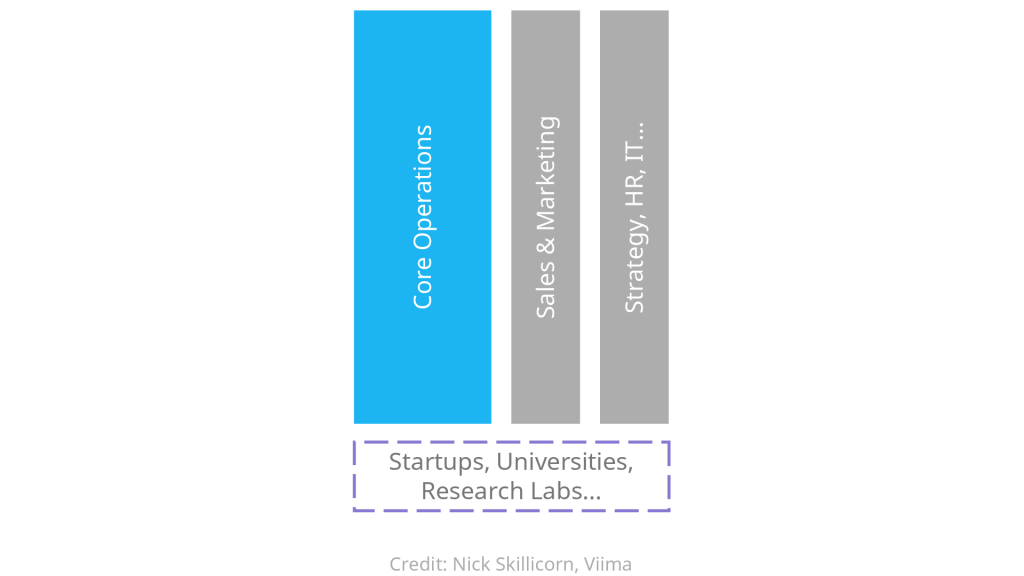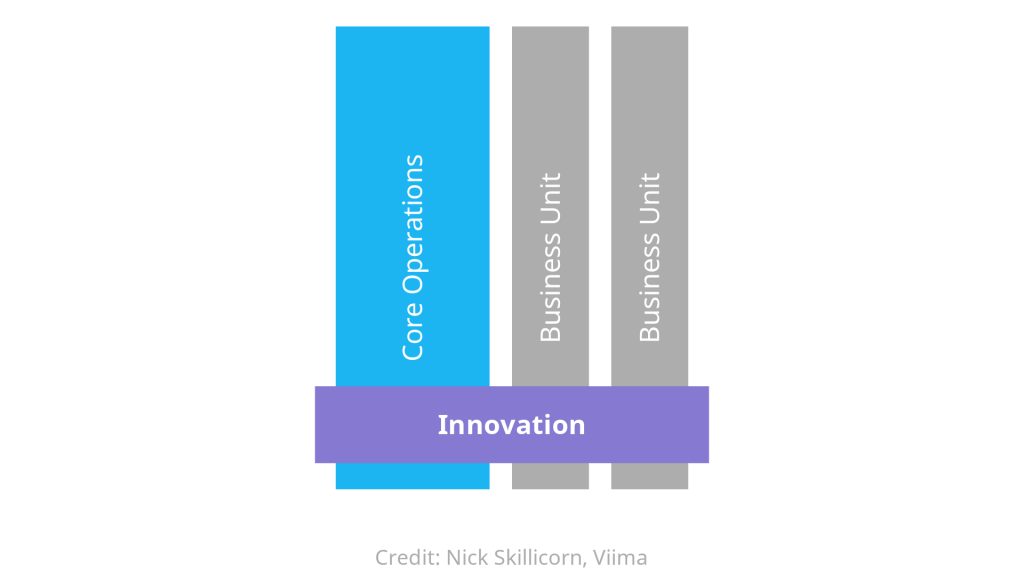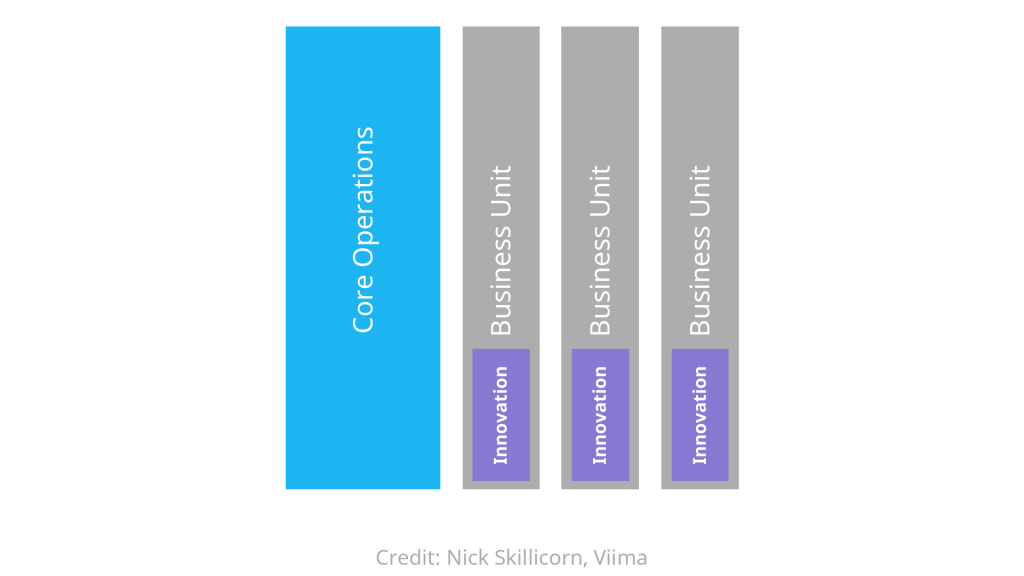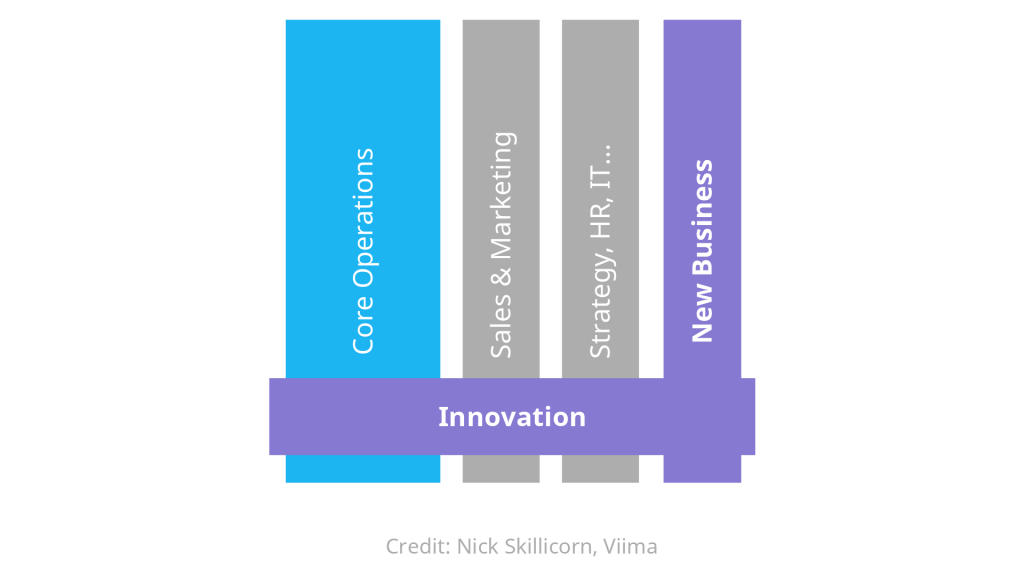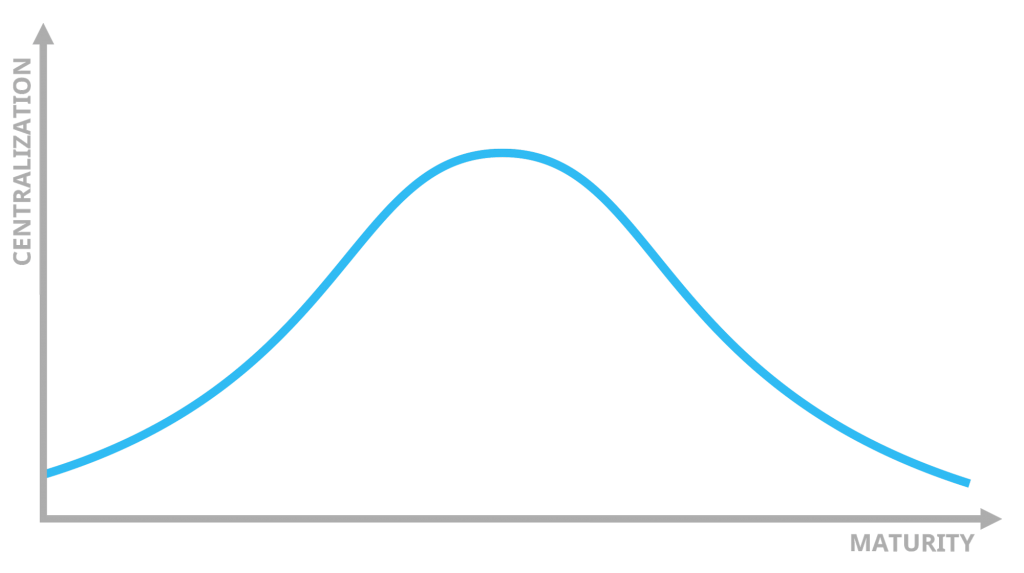Why innovation management needs co-intelligence

GUEST POST from John Bessant
Long fuse, big bang. A great descriptor which Andrew Hargadon uses to describe the way some major innovations arrive and have impact. For a long time they exist but we hardly notice them, they are confined to limited application, there are constraints on what the technology can do and so on. But suddenly, almost as if by magic they move center stage and seem to have impact everywhere we look.
Which is pretty much the story we now face with the wonderful world of AI. While there is plenty of debate about labels — artificial intelligence, machine learning, different models and approaches — the result is the same. Everywhere we look there is AI — and it’s already having an impact.
More than that; the pace of innovation within the world of AI is breath-taking, even by today’s rapid product cycle standards. We’ve become used to seeing major shifts in things like mobile phones, change happening on a cycle measured in months. But AI announcements of a breakthrough nature seem to happen with weekly frequency.
That’s also reflected in the extent of use — from the ‘early days’ (only last year!) of hearing about Chat GPT and other models we’ve now reached a situation where estimates suggest that millions of people are experimenting with them. Chat GPT has grown from a handful of people to over 200 million in less than a year; it added its first million subscribers within five days of launch! Similar figures show massive and rapid take -up of competing products like Anthropic’s Claude and Google’s Gemini, etc. It’s pretty clear that there’s a high-paced ‘arms race’ going on and it’s drawing in all the big players.
This rapid rate of adoption is being led by an even faster proliferation on the supply side, with many new players entering the market , especially in niche fields. As with the apps market there’s a huge number of players jumping on the bandwagon, and significant growth in the open source availability of models. And many models now allow for users to create their own custom versions — mini-GPTs’ and ‘Co-pilots’ which they can deploy for highly specific needs.
Not surprisingly estimates suggest that the growth potential in the market for AI technologies is vast, amounting to around 200 billion U.S. dollars in 2023 and expected to grow to over 1.8 trillion U.S. dollars by 2030.

There’s another important aspect to this growth. As Ethan Mollick suggests in his excellent book ‘Co-intelligence’, everything that we see AI doing today is the product of a far-from-perfect version of the technology; in very short time, given the rate of growth so far, we can expect much more power, integration and multi-modality.
The all-singing, dancing and doing pretty much anything else version of AI we can imagine isn’t far off. Speculation about when AGI — artificial general intelligence — will arrive is still just that — speculative — but the direction of travel is clear.
Not that the impact is seen as entirely positive. Whilst there have been impressive breakthroughs, using AI to help understand and innovate in fields as diverse as healthcare , distribution and education these are matched by growing concern about, for example, privacy and data security, deep-fake abuse and significant employment effects.
With its demonstrable potential for undertaking a wide range of tasks AI certainly poses a threat to the quality and quantity of a wide range of jobs — and at the limit could eliminate them entirely. And where earlier generations of technological automation impacted simple manual operations or basic tasks AI has the capacity to undertake many complex operations — often doing so faster and more effectively than humans.
AI models like Chat GPT can now routinely pass difficult exams for law or medical school, they can interpret complex data sets and spot patterns better than their human counterparts and they can quickly combine and analyze complex data to arrive at decisions which may often be better quality than those made by even experienced practitioners. Not surprisingly the policy discussion around this potential impact has proliferated at a similarly fast rate, echoing growing public concern about the darker side of AI.
But is it inevitable going to be a case of replacement, with human beings shunted to the side-lines? No-one is sure and it is still early days. We’ve had technological revolutions before — think back fifty years to when we first felt the early shock waves of what was to become the ‘microelectronics revolution’. Newspaper headlines and media programs with provocative titles like ‘Now the chips are down’ prompted frenzied discussion and policy planning for a future world staffed by robots and automated to the point where most activity would be undertaken by automated systems, overseen by one man and a dog. The role of the dog being to act as security guard, the role of the man being confined to feeding the dog.

This didn’t materialize; as many commentators pointed out at the time and as history has shown there were shifts and job changes but there was also compensating creation of new roles and tasks for which new skills were needed. Change yes — but not always in the negative direction and with growing potential for improving the content and quality of remaining and new jobs.
So if history is any guide then there are some grounds for optimism. Certainly we should be exploring and anticipating and particularly trying to match skills and capacity building to likely future needs.
Not least in the area of innovation management. What impact is AI having — and what might the future hold? It’s certainly implicated in a major shift right across the innovation space in terms of its application. If we take a simple ‘innovation compass’ to map these developments we can find plenty of examples:
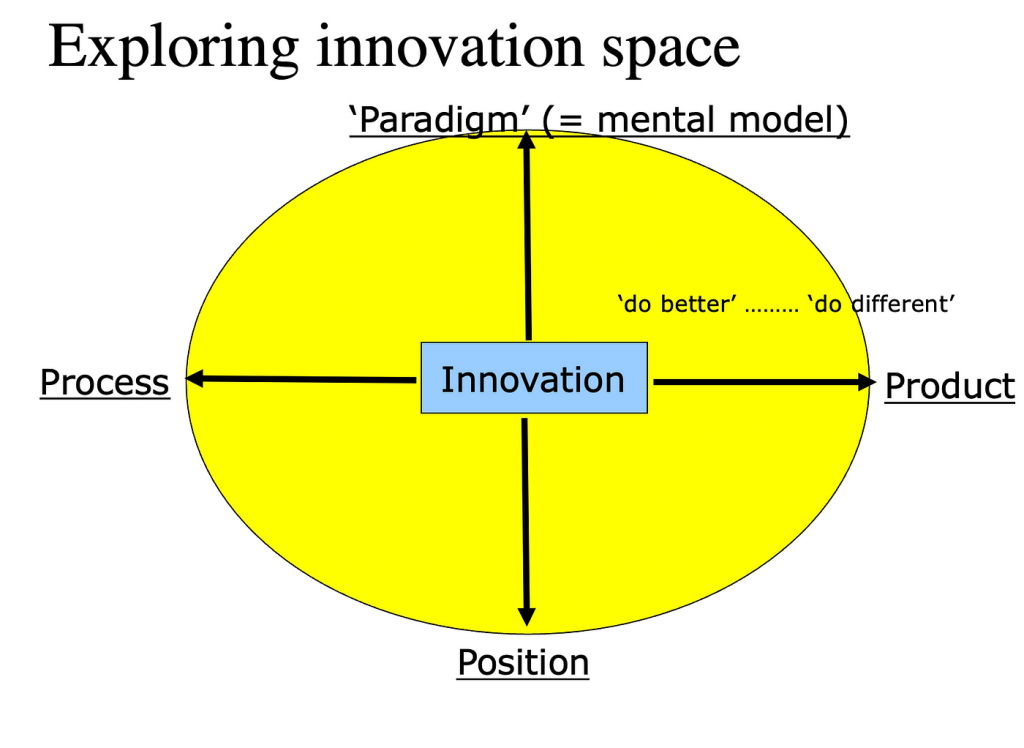
Innovation in terms of what we offer the world — our products and services — here AI already has a strong presence in everything from toys through intelligent and interactive services on our phones through to advanced weapon systems
And it’s the same story if we look at process innovation — changes in the ways we create and deliver whatever it is we offer. AI is embedded in automated and self-optimizing control systems for a huge range of tasks from mining, through manufacturing and out to service delivery.
Position innovation is another dimension where we innovate in opening up new or under-served markets, and changing the stories we tell to existing ones. AI has been a key enabler here, helping spot emerging trends, providing detailed market analysis and underpinning so many of the platform businesses which effectively handle the connection between multi-sided markets. Think Amazon, Uber, Alibaba or AirBnB and imagine them without the support of AI.
And innovation is possible through rethinking the whole approach to what we do, coming up with new business models. Rethinking the underlying value and how it might be delivered — think Spotify, Netflix and many others replacing the way we consume and enjoy our entertainment. Once again AI step forward as a key enabler.
AI is already a 360 degree solution looking for problems to attach to. Importantly this isn’t just in the commercial world; the power of AI is also being harnessed to enable social innovation in many different ways.
But perhaps the real question is not about AI-enabled innovations but one of how it affects innovators — and the organizations employing them? By now we know that innovation isn’t some magical force that strikes blindly in the light bulb moment. It’s a process which can be organized and managed so that we are able to repeat the trick. And after over 100 years of research and documenting hard-won experience we know the kind of things we need to put in place — how to manage innovation. It’s reached the point where we can codify it into an international standard — ISO 56001- and use this as a template to check out the ways in which we build and operate our innovation management systems.
So how will AI affect this — and, more to the point, how is it already doing so? Let’s take our helicopter and look down on where and how AI playing a role in the key areas of innovation management systems.
Typically the ‘front end’ of innovation involves various kinds of search activity, picking up strong and weak signals about needs and opportunities for change. And this kind of exploration and forecasting is something which AI has already shown itself to be very good at — whether in the search for new protein forms or the generation of ideas for consumer products.
Frank Piller’s research team published an excellent piece last year describing their exploration of this aspect of innovation. They looked at the potential which AI offered and tested their predictions out by tasking Chat GPT with a number of prompts based on the needs of a fictitious outdoor activities company. They had it monitoring and picking up on trends, scraping online communities for early warning signals about new consumer themes and, crucially, actually doing idea generation to come up with new product concepts. Their results mimic many other studies which suggest that AI is very good at this — in fact, as Mollick reports, it often does the job better than humans.
Of course finding opportunities is only the start of the innovation process; a key next stage is some kind of strategic selection. Out of all the possibilities of what we could do, what are we going to do and why? Limited resources mean we have to make choices — and the evidence is that AI is pretty helpful here too. It can explore and compare alternatives, make better bets and build more viable business models to take emerging value propositions forward. (At least in the test case where it competed against MBA students…!)

And then we are in the world of implementation, the long and winding road to converting our value proposition into something which will actually work and be wanted. Today’s agile innovation involves a cycle of testing, trial and error learning, gradually pivoting and homing in on what works and building from that. And once again AI is good at this — not least because it’s at the heart of how it does what it does. There’s a clue in the label — machine learning is all about deploying different learning and improvement strategies. AI can carry out fast experiments and focus in, it can simulate markets and bring to bear many of the adoption influences as probabilistic variables which it can work with.
Of course launching a successful version of a value proposition converted to a viable solution is still only half the innovation journey. To have impact we need to scale — but here again AI is likely to change the game. Much of the scaling journey involves understanding and configuring your solution to match the high variability across populations and accelerate diffusion. We know a lot about what influences this (not least thanks to the extensive work of Everett Rogers) and AI has particular capabilities in making sense of the preferences and predilections of populations through studying big datasets. It’s record in persuasion in fields like election campaigning suggests it has the capacity to enhance our ability to influence the innovation adoption decision process.
Scaling also involves complementary assets — the ‘who else?’ and ‘what else?’ which we need to have impact at scale. We need to assemble value networks, ecosystems of co-operating stakeholders — but to do this we need to be able to make connections. Specifically finding potential partners, forming relationships and getting the whole system to perform with emergent properties, where the whole is greater than the sum of the parts.
And here too AI has an growing track record in enabling recombinant innovation, cross-linking, connecting and making sense of patterns, even if we humans can’t always see them.
So far, so disturbing — at least if you are a practicing innovation manager looking over your shoulder at the AI competition rapidly catching up. But what about the bigger picture, the idea of developing and executing an innovation strategy? Here our concern is with the long-term, managing the process of accumulating competencies and capabilities to create long term competitiveness in volatile and unpredictable markets?
It involves being able to imagine and explore different options and make decisions based on the best use of resources and the likely fit with a future world. Which is, once again, the kind of thing which AI has shown itself to be good at. It’s moved a long way from playing chess and winning by brute calculating force. Now it can beat world champions at complex games of strategy like Go and win poker tournaments, bluffing with the best of them to sweep the pot.

So what are we left with? In many ways it takes us right back to basics. We’ve survived as a species on the back of our imaginations — we’re not big or fast, or able to fly, but we are able to think. And our creativity has helped us devise and share tools and techniques, to innovate our way out of trouble. Importantly we’ve learned to do this collectively — shared creativity is a key part of the puzzle.
We’ve seen this throughout history; the recent response to the Covid-19 pandemic provides yet another illustration. In the face of crisis we can work together and innovate radically. It’s something we see in the humanitarian innovation world and in many other crisis contexts. Innovation benefits from more minds on the job.
So one way forward is not to wring our hands and say that the game is over and we should step back and let the AI take over. Rather it points towards us finding ways of working with it — as Mollick’s book title suggests, learning to treat it as a ‘co-intelligence’. Different, certainly but often in in complementary ways. Diversity has always mattered in innovation teams — so maybe by recruiting AI to our team we amplify that effect. There’s enough to do in meeting the challenge of managing innovation against a background of uncertainty; it makes sense to take advantage of all the help we can get.
AI may seem to point to a direction in which our role becomes superfluous — the ‘no-brain needed’ option. But we’re also seeing real possibilities for it to become an effective partner in the process.
And subscribe to my (free) newsletter here
You can find my podcast here and my videos here
And if you’d like to learn with me take a look at my online course here
Image credits: Dall-E via Microsoft CoPilot, John Bessant
![]() Sign up here to join 17,000+ leaders getting Human-Centered Change & Innovation Weekly delivered to their inbox every week.
Sign up here to join 17,000+ leaders getting Human-Centered Change & Innovation Weekly delivered to their inbox every week.





